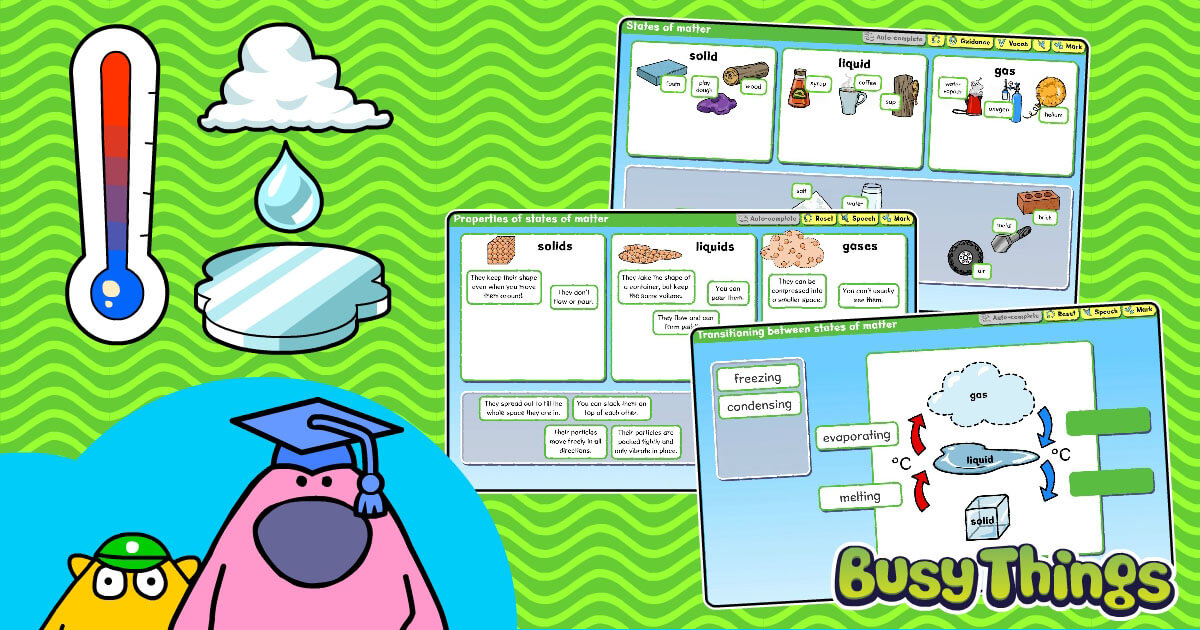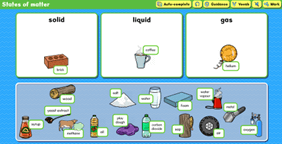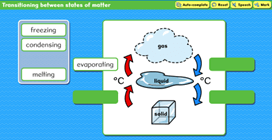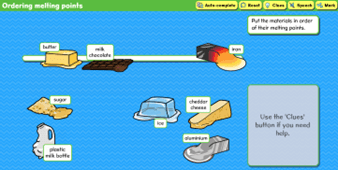New Science States of Matter Activities!

There’s something magical about watching a solid melt, a gas expand or a liquid evaporate before your eyes. And, for children, it’s often their first experience of real-world science in action. Whether it’s chocolate softening in their hands or a helium balloon floating skywards, the topic of states of matter is packed with opportunities for curiosity and hands-on discovery.
It’s a brilliant topic to teach because it’s so tangible. Pupils can see it, feel it, and experiment with it, making abstract scientific concepts much more accessible.
National Curriculum Links
The topic of states of matter is introduced in Year 4 as part of the science curriculum and it’s all about building on pupils’ understanding of materials.
Key objectives include:
- Grouping materials based on whether they are solids, liquids or gases
- Observing how materials change state when they are heated or cooled
- Learning about evaporation and condensation in the context of the water cycle
It’s a topic that lays the foundations for later learning in chemistry and supports pupils’ scientific thinking via observation, prediction and experimentation.
New Busy Things’ Activities
Earlier this month, Busy Things launched four new Science activities focusing on states of matter. This blog gives a brief overview of each and allows you to play them without a subscription for a limited period. Just click the ‘play’ hyperlink to start.

Solid, liquid and gas sorting
Your pupils will learn:
• to sort the everyday materials into solids, liquids and gases.
• to notice the similarities and differences in order to recognise the properties of each of the states of matter.

Properties of states of matter
Your pupils will learn:
• the characteristics of each of the states of matter, i.e., what similarities do all gases share?
• the particle structure associated with each state of matter.

Transitioning between states of matter
Your pupils will learn:
- that under certain conditions, states of matter can change.
- the vocabulary associated with those changes.
Order melting points
Our final activity can be part of a hands-on investigation. All you need are some of the solids (not all will be available to you) included in the activity and a stopwatch.

From what they know already, which materials would your pupils predict would melt the fastest? Which actually do?
Access the activity here before (to discuss your prediction) and after you experiment (to see where your class predictions were correct/incorrect).
Summary
In this blog post, we highlight how Busy Things’ activities can support children’s learning about states of matter. To showcase our new activities in this area, we’ve made them free to play. You’ll see these activities pinpointed throughout the text. To access them, simply click on each activity’s hyperlinks.
If you’d like to see more as a result of this taster, feel free to explore Busy Things further by taking a free trial. You’ll then get a full 28 days to explore these activities and the other 1,600+ activities Buys Things offers across the whole primary school curriculum.
Like to see other activities on states of matter or another subject? Let us know below in the comments! We’re always creating new activities and are open to fresh ideas.